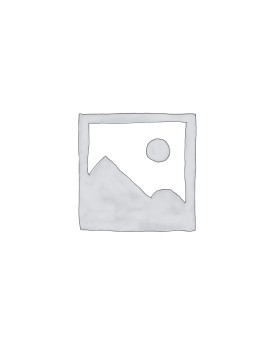
A Gem of Andamooka
When you’ve been around for as long as Diane Bilka as a nurse in remote Australia, you can safely say that she’s pretty much seen it all. Diane is Frontier Services longest serving nurse, a gem of Andamooka, working at at a health clinic in South Australia. She can tell a tale or two about her experiences, both good and bad, and remembers a time when there was still a marriage bar for the nurses of the AIM. She also fondly remembers that the AIM was known for its quality of care and also as a matrimonial service.
Diane entered nursing in the 1970’s. She yearned to take her skills to the outback having lived in the country until she was eight years old. “I was a PK (Parson’s Kid). Frances McKechnie, head of AIM nursing had a meal with us once. She inspired me as a girl.”
Diane joined Frontier Services when it was still the Australian Inland Mission (AIM). She was a young, single nurse eager to take on the challenge of nursing in remote Australia.
A position became vacant in Andamooka, South Australia. “I jumped at the chance. I came for one year and loved it. Both the community and the type of work. And so stayed on for a second year.”
Nursing was often colloquially known as Aids in Matrimony says Diane. “Many nursing staff married locals: teachers, police, miners, and doctors in the Royal Flying Doctor Service.”
Diane fell in love with local miner Stefan Bilka. They married and had two daughters, Natasha (28) and Tanya (26). When a new nurse arrived at a clinic, suddenly all the single men in the region got sick. “The local single men, mostly young would come to check out the new nurse. They’d come in with everything from a tiny splinter, a sore back or even a headache. Most out of character!”
Nursing as a profession has changed a lot over the years. When Diane was a young mother keen to get back to work, it was policy that nurses be single. This was common for nursing, the police force and teaching. Diane protested that she would be able to assist the other nurse. “I thought I could better support the new nurse by introducing her to locals, inviting her to attend dinners with us, and help her stand on her own feet.” Administration wouldn’t be moved. “However 18 months later they had changed their minds.” She was working again as a nurse.
Back in the 1980’s nurses were required to sleep at the clinic. While it is less formal nowadays, nurses need to be within 20 minutes reach of the clinic. “Before mobile phones if you wanted to go out somewhere in the evening or the weekend, you’d leave a note on the clinic door saying exactly where you were and if necessary, directions so people could find you in an emergency.”
Nursing is a job of extremes, “You’re dealing with everything from minor coughs and colds, ear aches to heart attacks and major road accidents. I have learned skills that I would never have learnt in city hospitals,” says Diane.
“Once, a lady arrived at my house and thought that she had killed her partner. It was 2am. He had been stabbed in the chest a couple of times, but thankfully not seriously enough to kill him. We fixed him up.”
Sometimes an emergency turns out a lot better than expected. “I was called out at 4am to a lady who had delivered her baby early while on a toilet. Her husband said that the baby was dead, but asked if I could come around and attend to his partner. We drove in a hurry, with my husband Stefan at the wheel. On arrival I found the baby was alive. Although 12 weeks early, that baby survived, and has grown into a lovely young lady. And mum recovered too.”
Today’s nurses are always training says Diane. “We manage to update our nursing by attending seminars, conferences, and doing online courses. This is so important because treatments change and keeping up to date is vital.”
If you’re ever in Andamooka, and have a headache, stop in and see Nurse Diane.


